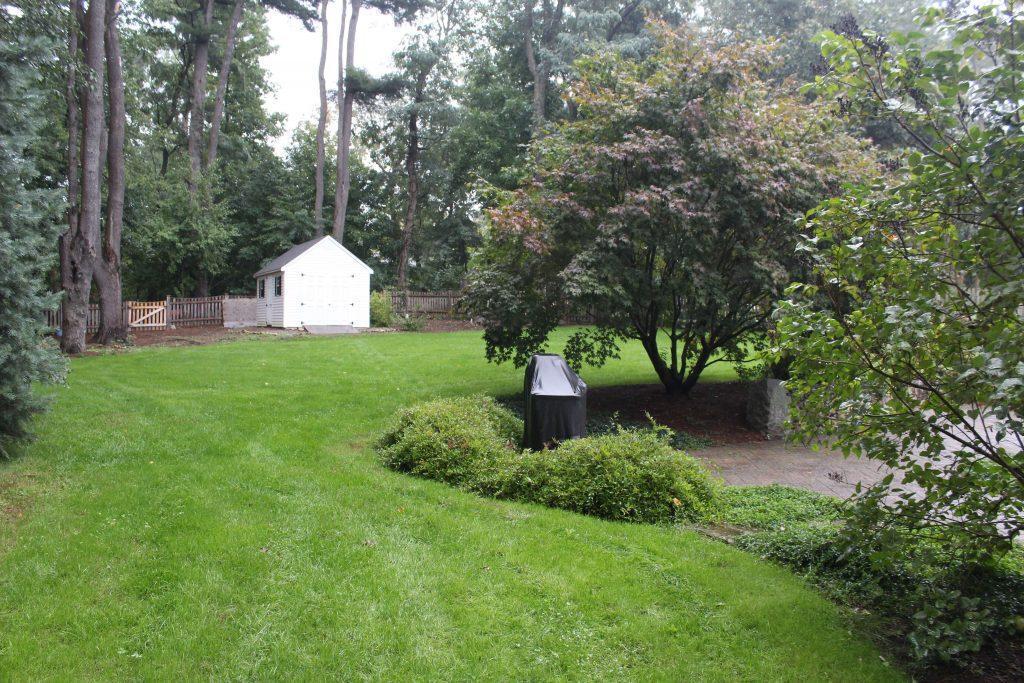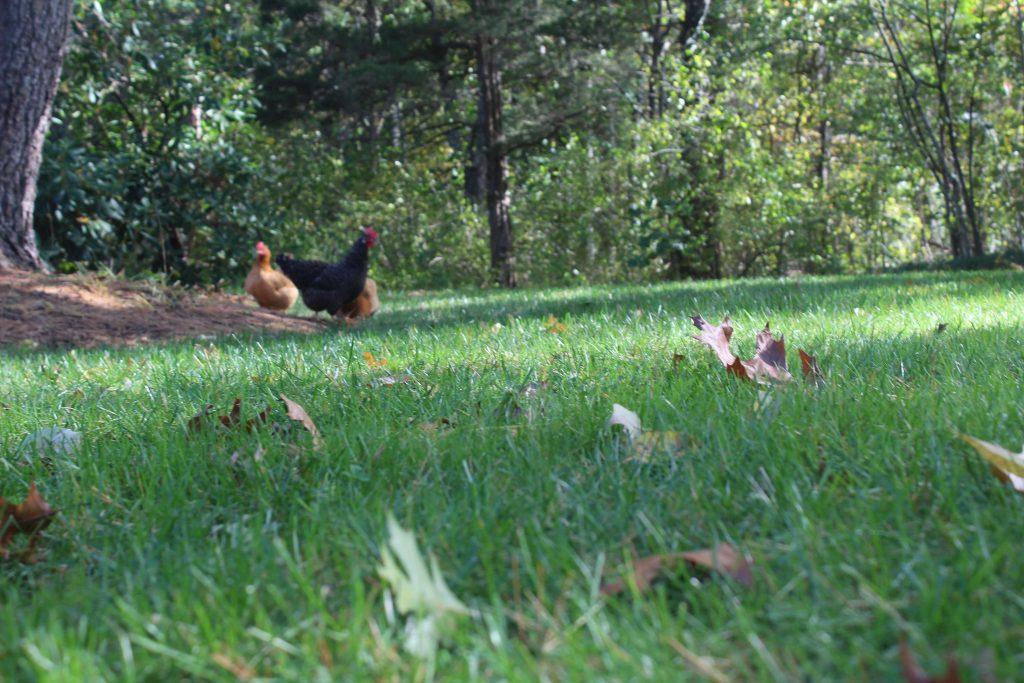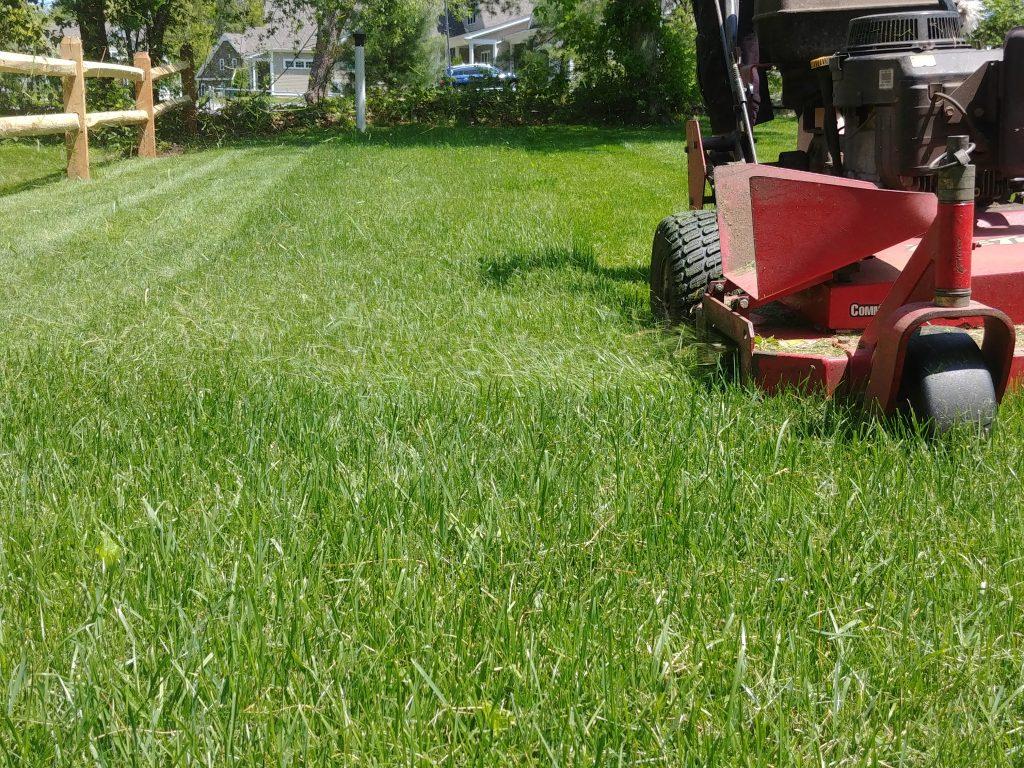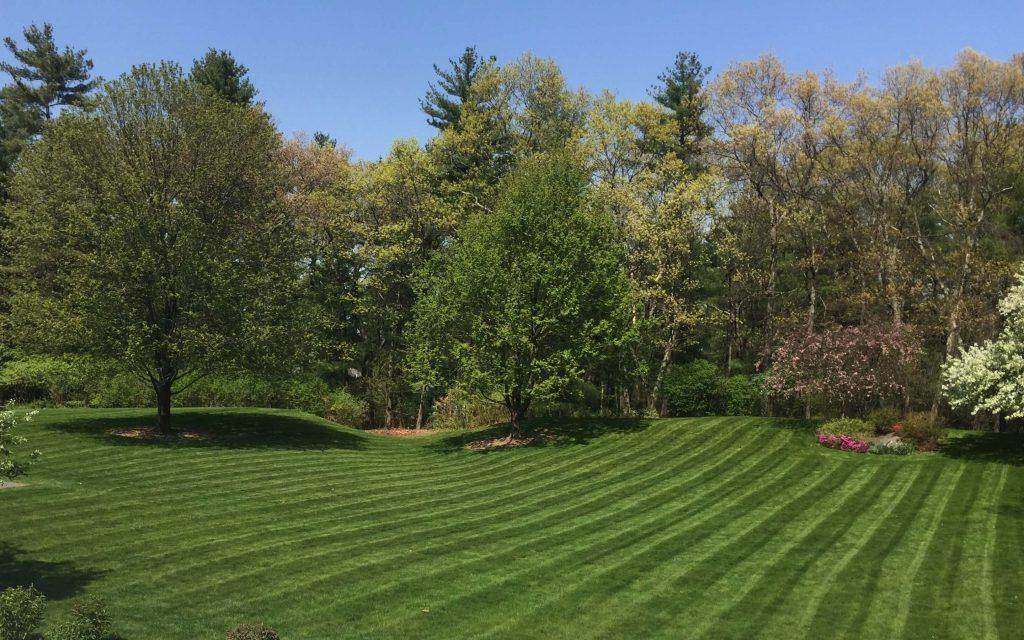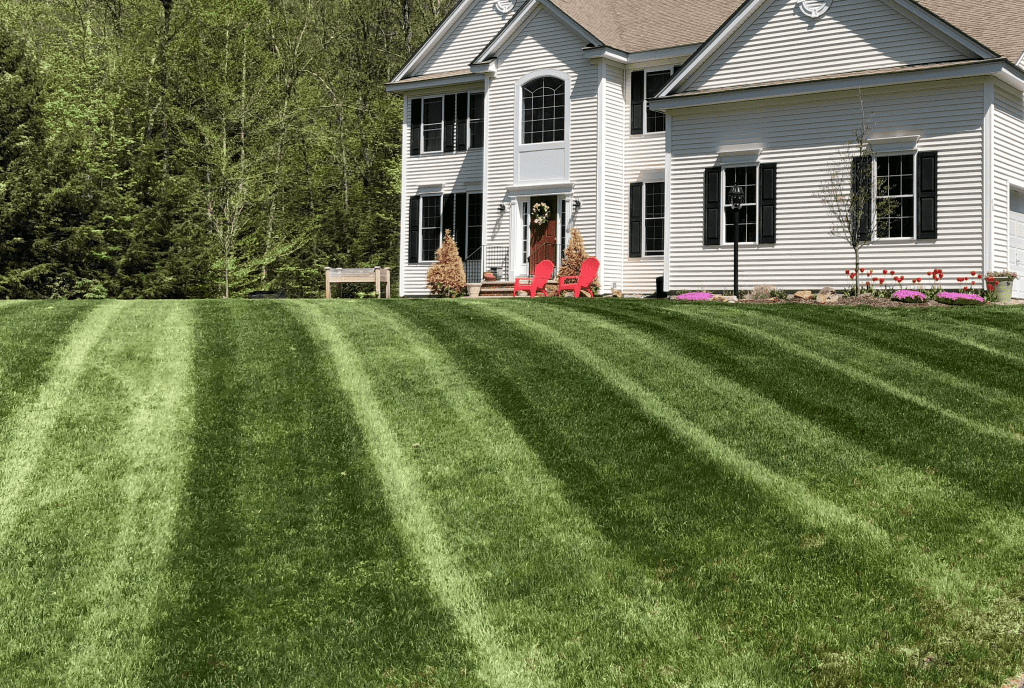There’s a lot of debate surrounding the cost-benefit of replacing natural fields with synthetic turf. As a former college field hockey player, you don’t need to tell me twice about the benefits of synthetic turf. I’d argue that field hockey is one of the only sports where synthetic turf makes a significant difference in the quality of the game. Frankly, field hockey played on natural grass looks a lot like a bad game of kids’ croquet: hack, hack, whiff, hit, whistle. In contrast, synthetic turf is smooth, fast, and fun—but do the benefits end there? While it may look flashy and play fast, there are significant player safety concerns associated with artificial turf.
For the sake of brevity, I’m focusing on player safety this week. To give this topic further attention, read “Synthetic Turf Fields Require Maintenance” and stay tuned for our upcoming blogs on the financial and environmental costs of artificial turf.
Note: This article will use “artificial” and “synthetic” interchangeably to describe the man-made fibrous turf fields designed to look like and replace natural grass.
Injury Risk Increases on Synthetic Turf
There is a significant difference between synthetic and natural turf surfaces. “Biomechanical studies have shown that synthetic turf surfaces do not release cleats as readily as natural turf” (National Library of Medicine). In addition, artificial turf demands higher-speed play, resulting in bigger, faster, and harder falls on less absorbent playing surfaces. With this, it is no surprise that “synthetic surfaces have been associated with higher rates of lower limb injury than natural turfgrass in soccer, collegiate sports, and professional football…In the most recently published NFL data, the rate of lower extremity injuries was 16% greater in games played on synthetic surfaces compared to natural” (Journal of Biomechanics, Volume 127, 11 Oct 2021).
Professional Athletes Call For Natural Turf
One search of “athletes against artificial turf” and your webpage will be filled with NFL players calling for natural turf. Among these, is Aaron Rogers following his recent achilles tendon tear. With this injury-risk information in light, the Executive Director of the NFL Players Association, Lloyd Howell, stated on September 13th, 2023:
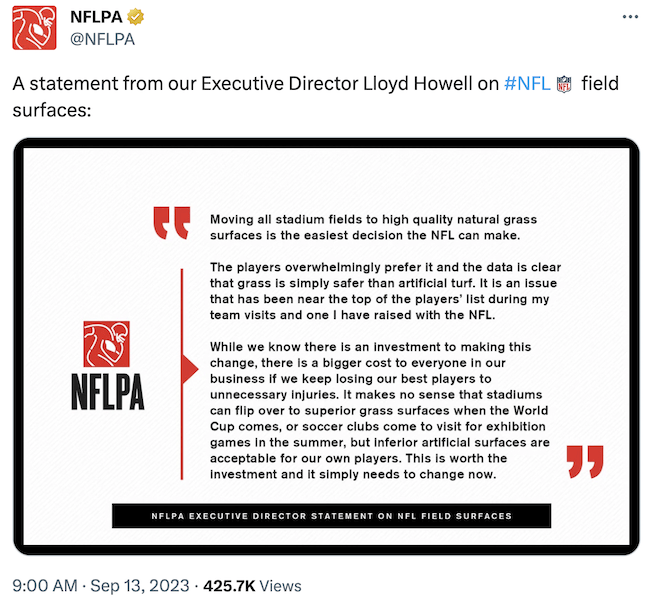
In addition, soccer demands high exertion and sharp cuts that stresses tendons and ligaments, meaning players also benefit from more absorbent natural grass fields. Nearly ten years ago, dozens of professional female soccer players submitted a lawsuit against FIFA over playing the Women’s World Cup on artificial turf when the men played on natural grass. Heather O’Reilly, U.S. National Team player, stated: it “is a blatant demonstration of FIFA not placing the women side by side with the men. You know, many men’s players refuse to play on artificial turf, actually, and the thought of it being played in the World Cup is almost laughable.” Coming from the athletes themselves, this important information to take into account.
Chemical Exposure from Artificial Turf
In addition to injury risk, there are long term health concerns due to chemical exposure from synthetic turf materials. On a hot day, you can smell burning rubber wafting from an artificial field before even stepping foot on it. Artificial turf contains rubber infill made from tires. This material is known to contain heavy metals and known carcinogens (including lead, benzene, mercury, phthalates, arsenic, and polycyclic aromatic hydrocarbons). “Lab tests by the Public Employees for Environmental Responsibility, or PEER, and the Ecology Center show that both the grass-like blades and the backing of artificial turf contain the highly toxic fluorinated chemicals known as PFAS” (ewg.org).
With direct and prolonged contact, field chemicals are inhaled, ingested, and absorbed by players. In response, manufacturers are attempting to adjust their product ingredients, but at this point in time, their quality and long term effects are questionable. With these findings emerging over the past few years, be wary and keep in mind that children’s physiology is especially vulnerable to chemical exposure.
Sanitary Concerns on Artificial Turf
Due to the construction of synthetic turf fields, sanitation is critical for player safety. Observe one game and you’ll see spit, sweat and blood left to fester on the field. Unsurprisingly, “the abrasive nature of synthetic turf can play a significant role in the onset of MRSA infections, as contact with synthetic turf surfaces can result in turf abrasions that represent a portal of entry for MRSA” (National Library of Medicine). Artificial turf fibers and infill materials are porous and therefore absorb and retain moisture and bacteria.
Natural grass regularly absorbs and filters its surface through its soil chemistry and biology. Since artificial turf does not have this ability, grounds teams must regularly apply fungicides and antibacterial treatments (weekly-monthly) to deter organic growth and infection. It is particularly concerning when fields are maintained at a high school level and often lack the appropriate training and funds to properly manage these health concerns.
Playability Restrictions Due to Surface Temperature: The Heat Island Effect
In the peak of preseason, my coach often used his Infrared Turf Thermometer throughout practice. He was checking that the field surface wasn’t too hot to play. More often than not, he would need to spray down the surface with cold water, and cancel or rearrange practice times according to turf temps. The practice of watering synthetic turf is effective for roughly 20 minutes until temperatures rebound.

Among safety concerns associated with artificial turf, is the heat. Since crumb rubber field filler absorbs heat, fields can be 40-70°F hotter on sunny days than the surrounding air. As a result, shoes can melt, feet and hands can blister, and heatstroke and dehydration risk increase dramatically (Safe Healthy Playing Fields). According to the NYC Health Department, heat is a substantial concern associated with playing on artificial turf “people can suffer dehydration, heatstroke and thermal burns at field temperatures above 115 degrees.” (Safe Healthy Playing Fields). In contrast, natural turf does not reflect the same amount of heat. Grass actually releases water vapor, which in turn naturally cools the field and keeps it under 100° F.
Many schools and municipalities have enacted guidelines for artificial turf use as it pertains to heat concerns. Burlington Public Schools policy, “Utilizing Artificial Turf in the Heat,” includes criteria under which athletes can utilize synthetic fields. For example, the policy states that if the air temperature is higher than 85°F and humidity is 60%+ , artificial fields cannot be used but natural turf can. In addition, athletes can play on fields with surface temperatures up to 120°F when air temperature is under 82°F, with 3 water breaks/hour. When field surface temperatures rise above 120 degrees, activities must be moved to natural turf fields (Utilizing Artificial Turf in the Heat).
Conclusion
Big businesses, administrations, and municipalities must take into account the health of athletes when looking to install fields that directly affect those utilizing them. Increased exposure to injury risk, chemicals, diseases, and heat pose legitimate concern. Artificial turf surfaces have their place in the industry where grass will not grow, or grows marginally. There’s no doubt that synthetic turf provides a completely different playing experience for athletes as well. However, it’s important to keep player safety concerns associated with artificial turf on the forefront of decision making.
PJC works with landscapers, schools and municipalities to implement organic turf care seamlessly. We analyze soil tests, make product recommendations, and offer cultural practice guidelines based on your turf needs. Take the “But natural grass fields look crummy and have a whole slew pesticide needs” retort off the table. Contact us about our Support Services and see how you can have good looking, all-natural fields that are safe for players and the community.
Also! Read “Synthetic Turf Fields Require Maintenance” and remember to check back for our upcoming blogs on the financial and environmental costs of artificial turf.


